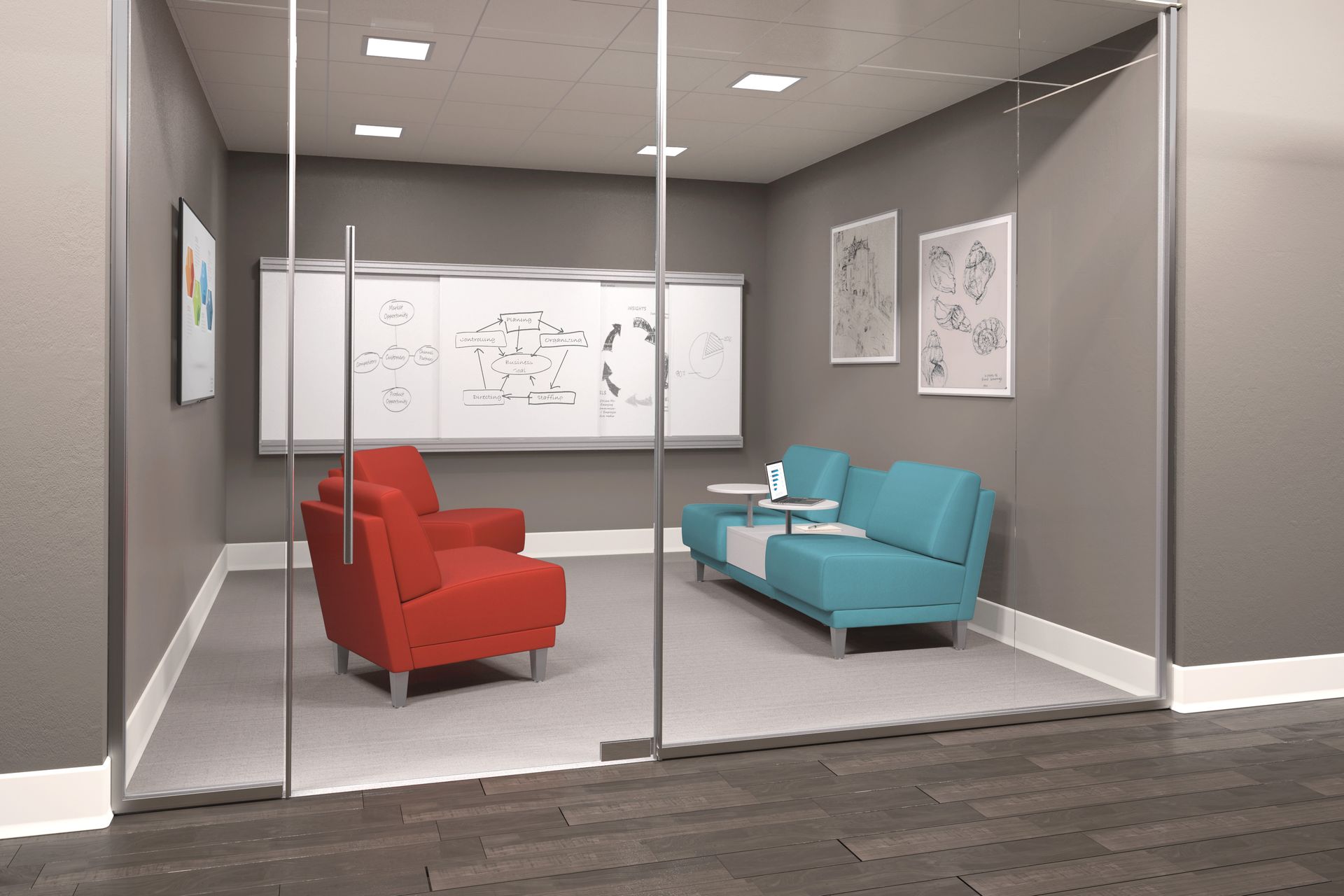Starting a Charter School: A Blueprint for Educators and Boards
Starting a charter school requires careful planning and adherence to legal and regulatory requirements.

Charter schools offer unique educational opportunities and flexibility compared to traditional public schools. In the United States, over 7,500 charter schools serve approximately 3.3 million students, representing about 7% of the total public school enrollment ("Fast Facts," National Alliance for Public Charter Schools). Starting a charter school requires careful planning and adherence to legal and regulatory requirements.
The process begins with understanding the legal framework for charter schools in your area. For example, in California, charter schools are governed by the Charter Schools Act of 1992, which outlines the requirements for obtaining and operating a charter school ("Charter Schools Act," California Department of Education).
One of the first steps in starting a charter school is developing a compelling educational vision and mission. Research shows that charter schools with a clear mission and vision statement are more likely to succeed in achieving their goals (Hitt et al., 2016). This vision should align with the needs of the community and the goals of the charter school movement. Once the vision is established, the next step is to design a curriculum that reflects the school's mission and meets state standards. According to a study by the Center for Research on Education Outcomes (CREDO), charter schools that implement a curriculum aligned with state standards are more likely to improve student outcomes (CREDO, 2013).
Effective governance and leadership are also crucial for the success of a charter school. Research suggests that charter schools with strong leadership and governance structures are more likely to provide a high-quality education (Grissom & Mitani, 2019). This includes selecting a qualified board of directors to oversee the charter school's operations and hiring an experienced principal to lead the school. Additionally, securing suitable facilities and resources is essential. According to a report by the National Charter School Resource Center, charter schools often face challenges in securing affordable facilities, which can impact their ability to serve students effectively (National Charter School Resource Center, 2018).
Community engagement and partnerships are also key components of starting a successful charter school. Engaging with parents, community organizations, and other stakeholders can help build support for the charter school and ensure that it meets the community's needs. Research shows that charter schools that actively involve parents and community members tend to have higher levels of student achievement (Bryk et al., 2010). Furthermore, establishing partnerships with local businesses and organizations can provide additional resources and support for the charter school.
In conclusion, starting a charter school requires careful planning and attention to detail. By understanding the legal requirements, developing a clear vision and mission, and securing the necessary resources, educators and boards can create a successful charter school that meets the needs of students and the community.



